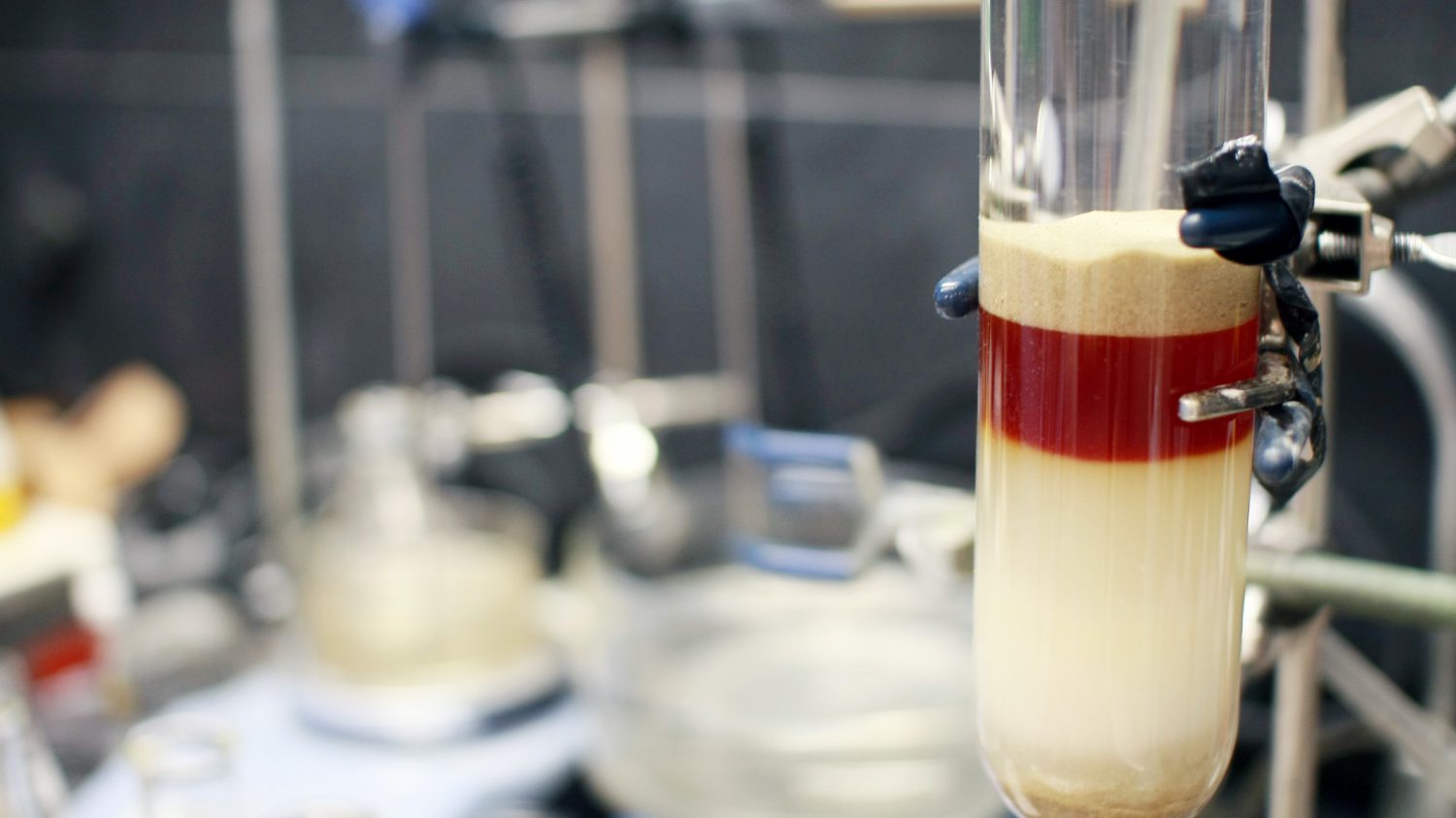What is the number one cause of an inlet leak? The septum no longer sealing the inlet. This is the very first thing I would change if my inlet could no longer maintain pressure. This holds true for 5890, 6890, and 7890 HP/Agilent GCs. Even if you just changed it, I would recommend changing it again just to be sure. Think about it, this septum is actually being pierced by the needle over and over again, its only a matter of time before it will start leaking.
Another easy fix would be to tighten the column nut in the inlet. This is located inside the oven on the left side. As the GC heats up and cools down, its very possible for the nut to become loose. When you tighten this, you want it finger tight (make sure its not hot!) and then about a quarter turn or a little more with a wrench should be good.
Lastly you want to replace the liner and the o-ring if you are still having pressure issues. Sometimes the glass liner can crack, or the if the o-ring is old it won’t make a good seal anymore. Again, make sure the inlet is cool before touching anything.
These should take care of any minor leaks you may have, i.e. can build some pressure just can’t reach setpoint.
Now what if you can’t build any pressure at all? In this case the first thing I would do is check that the supply gas is making it to the GC. To do this slowly unscrew the gas line connection to the back of the GC (obviously you want to make sure you select the carrier gas line) and as soon as you start to loosen it you should hear ‘hissing’. If not, then your problem is not with the GC, but with the supply gas. If the supply gas is fine, and you have 0 pressure reading on the inlet, I would suspect a more serious problem. This could be the EPC module that is bad, or the inlet weldment could have a crack, same with the top insert assembly. Further diagnosis can be achieved with an electronic leak detector, or a soapy solution such as snoop.
Another way to narrow this down: You can open the top insert as if you were removing the liner, and just cover the bottom of that cap (where the two stainless steel tubes go) with a thumb or septum. Turn the pressure on for the inlet and see if its able to build pressure. If yes, the leak is downstream from there, inlet weldment or column nut. If not, then the leak is before that, the stainless steel tubing or the EPC module.











Recent Comments